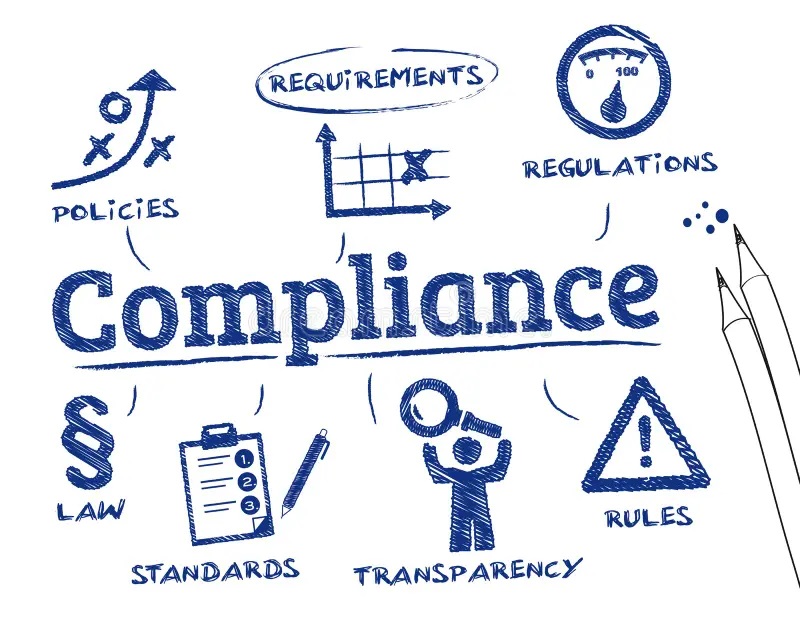Dog bite injuries aren’t rare in a dense, walkable city like New York. From busy sidewalks to apartment hallways and park off‑leash hours, small moments can turn into serious medical emergencies. When that happens, victims have rights, and pet owners have responsibilities. An experienced NYC Dog Bite Lawyer helps clarify those lines, protect evidence early, and pursue compensation that reflects the true impact of a bite. Firms like Sakkas, Cahn & Weiss, LLP regularly guide New Yorkers through this process, from first report to resolution. This article breaks down the rising incident trends, how liability works under city and state law, the injuries they most often see, and the legal steps that move a case forward.
Rising dog bite incidents reported in NYC neighborhoods
New York City’s dog population grew during the pandemic, and neighborhood life adjusted. More pets in apartments, more deliveries at the door, and more people working from home mean increased contact between dogs and strangers. City health data historically shows thousands of dog bites reported each year, and community boards have flagged clusters near high‑density residential blocks, playgrounds, and popular park entrances.
Several patterns keep appearing:
- Transition stress and under‑socialized dogs: Pets adopted during lockdowns may be less comfortable with crowded sidewalks or noisy lobbies.
- Doorway and hallway encounters: Delivery professionals, supers, and neighbors often meet dogs in tight spaces where animals feel territorial.
- Off‑leash misunderstandings: While NYC allows off‑leash hours in certain parks, confusion about boundaries or timing can lead to encounters between reactive dogs and unsuspecting pedestrians.
- Warmer months: More outdoor activity and open windows increase the frequency of interactions, and bites.
One consistent concern is underreporting. People sometimes downplay “minor” bites, only to face infection or scarring later. Reporting to 311 or the Department of Health and Mental Hygiene (DOHMH) helps track rabies risk, prompts vaccination verification, and creates a record that may be essential if a claim is filed. Whether it’s a delivery worker in the Bronx or a child at a Brooklyn playground, the legal and medical implications can be significant, and a quick consult with an NYC Dog Bite Lawyer can clarify what to do next.
Liability of pet owners under New York City statutes
New York uses a mixed liability framework for dog bites, part strict liability, part negligence, so the path to compensation depends on the facts.
- Strict liability for medical costs: Under New York’s Agriculture & Markets Law, owners of a “dangerous dog” are strictly liable for the victim’s medical expenses if the dog attacks without justification. Proof that the dog had dangerous tendencies or that the owner failed to restrain the animal can trigger this.
- Additional damages require fault: To recover beyond medical bills (for example, pain and suffering or lost wages), victims typically must prove negligence, such as violating NYC leash laws, ignoring prior warnings, or failing to control a dog with known vicious propensities.
NYC Health Code and local rules reinforce owner duties:
- Leash requirement: Dogs must be leashed in public, generally on a leash no longer than six feet, except in designated off‑leash areas and hours.
- Vaccination and license: Owners must license their dogs and maintain up‑to‑date rabies vaccinations. Failure to do so can complicate exposure protocols and affect a civil case.
Other parties can share responsibility. Landlords may be liable if they knew (or had reason to know) a tenant’s dog was dangerous and had the authority to act, like enforcing building rules or removing the dog, and failed to do so. Dog walkers, sitters, or handlers can face claims if they negligently lose control of the animal.
Defenses and limitations also matter. New York’s comparative negligence rule can reduce recovery if the victim provoked the dog or was trespassing. Evidence of provocation, but, must be specific, merely walking past a yard or entering a shared hallway typically isn’t enough.
Bottom line: liability turns on facts, leash compliance, prior incidents, warning signs, and control measures. A skilled NYC Dog Bite Lawyer will focus first on evidence that establishes “dangerous dog” status and negligence so all categories of damages are on the table.
Common injuries linked to serious dog bite attacks
Dog bite injuries span far beyond a simple puncture. The force of a dog’s jaws can crush tissue and bones, and bacteria in the mouth can seed dangerous infections.
- Lacerations, punctures, and avulsion injuries: Tearing and missing tissue often require sutures, grafts, or plastic surgery, especially on the face, hands, and forearms.
- Fractures and tendon/nerve damage: Bites to hands and arms can sever tendons or nerves, leading to weakness, numbness, or reduced range of motion.
- Infections: Cellulitis, abscesses, and MRSA can develop quickly. Rabies exposure is rare in NYC due to vaccination norms, but post‑exposure prophylaxis (PEP) may be required if vaccination status is unknown. Tetanus boosters are often needed.
- Scarring and disfigurement: Visible scars have medical and psychological consequences, affecting work and daily activities.
- Psychological trauma: Anxiety, nightmares, and PTSD symptoms are common, particularly for children. Therapy and time off work may be necessary.
These injuries carry real costs, emergency care, follow‑up visits, occupational therapy, medications, and counseling. Documenting every appointment and out‑of‑pocket expense is crucial for a claim.
Legal process for victims seeking financial recovery
The right steps, taken early, protect both health and the claim.
- Get medical care immediately: Wound cleaning, antibiotics, and vaccinations reduce infection risk. Ask for a detailed record of injuries and treatment.
- Report the bite: Call 311 or notify DOHMH and, if needed, the NYPD, especially if the dog’s vaccination status is unclear or the bite is severe. Reporting helps confirm rabies information and creates an official record.
- Gather evidence: Photograph injuries, torn clothing, and the location. Capture any “Beware of Dog” signs, broken gates, or lack of a leash. Collect the dog owner’s name, address, and license information, plus witness names. Check for doorbell cameras, building security footage, or nearby shop videos, these can vanish within days.
- Notify insurance: Many claims are paid by the dog owner’s homeowners’ or renters’ insurance. Don’t give a recorded statement to an insurer before speaking with counsel, and avoid social media posts about the incident.
- Consult an experienced NYC Dog Bite Lawyer: A firm like Sakkas, Cahn & Weiss, LLP can quickly send preservation letters for video, obtain DOHMH records, look for prior bite reports, and identify all potential defendants, including landlords or management companies, when the facts support it.
- Proving liability and damages: Lawyers will assess leash law violations, prior complaints, veterinary records, and witness statements to establish dangerousness and negligence. They’ll also collect medical records, bills, photos, expert opinions (e.g., plastic surgery or psychology), and employment documents to quantify losses.
- Statutes and deadlines: In most New York negligence cases, the statute of limitations is three years from the incident. Claims involving a city agency or public hospital require a Notice of Claim within 90 days and have a shorter lawsuit deadline (often 1 year and 90 days). For minors, deadlines may be tolled, but act early to preserve evidence.
- Settlement vs. trial: Many cases resolve through insurance negotiations once liability and damages are well‑documented. If the offer doesn’t reflect the full impact, future care, scarring, anxiety, lost wages, counsel may recommend litigation.
Recoverable damages typically include medical expenses, future treatment, lost income, diminished earning capacity, pain and suffering, disfigurement, and therapy costs. With the right documentation, even so‑called “minor” bites can justify meaningful recovery given the risk of infection and long‑term scarring.











